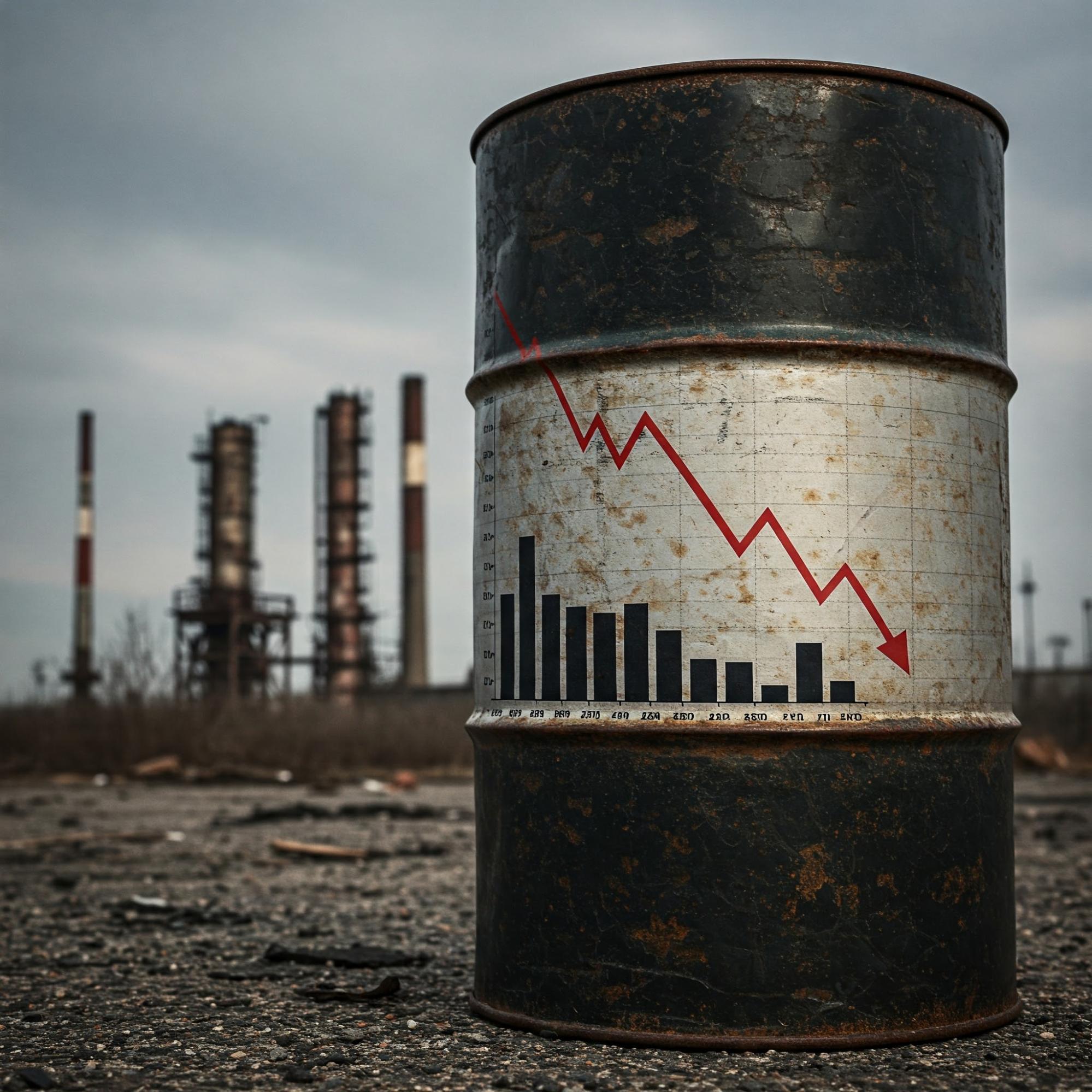Posted May 25, 2023
By Sean Ring
Russia’s Resources, Part 2 of 2
- Getting through the query of Russia’s resources.
- Are diamonds just a girl’s best friend?
- What do we need cobalt for?
Good morning on this fine Thursday from Northern Italy.
Today, we’ll finish the question William S. asked about Russian resources with respect to American ones.
To remind you what that question was, here it is:
I just read your morning missive, “The Vacuum Tube in the Coal Mine.”
At the end, you list 10 natural resources Russia has in abundance, but we do not in the U.S.:
“Here are 10 natural resources that Russia has in abundance that are not as abundant in the United States:
- Natural gas
- Crude oil
- Nickel
- lialladium
- lilatinum
- Diamonds
- Timber
- Rare earth elements
- Vanadium
- Cobalt
I call baloney on some of these, namely, natural gas, crude oil, and rare earth elements. We have natural gas in overflowing abundance. We still have lots of crude oil both within the contiguous US, offshore, and in and off the coast of Alaska.
Similarly, we have large, known deposits of rare earth elements. We have timber in abundance.
The problem is, like many things, federal and, in some instances, state regulations make it cost-prohibitive or outright prohibit our logging, energy, and mining industries from accessing them.
I am not knowledgeable about the other items in your list, so will not comment. Perhaps you know if the situation is the same for those.
William S
Today, we go through each, from diamonds to cobalt.
Diamonds
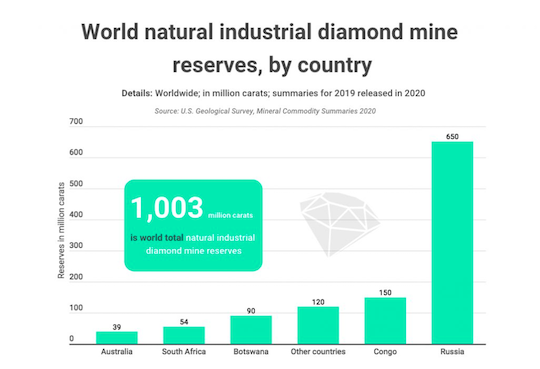
Credit: mining.com
Russia is far and away number one when it comes to diamond reserves.
The United States isn’t even on this list.
Sure, we know diamonds mostly from their use as jewelry. But here are another four reasons to worry about a lack of diamonds:
- Industrial Applications: Due to their exceptional hardness and thermal conductivity, diamonds are utilized in various industrial applications.
- Electronics and Technology: Diamonds have unique electrical properties that make them useful in advanced electronics.
- Medical and Scientific Instruments: Diamonds find applications in medical and scientific instruments.
- Art and Decoration: Diamonds are occasionally used in art and decorative pieces due to their beauty, rarity, and perceived value.
Timber
Here are the world’s largest timber reserves:
- Russia: 815 million hectares. Russia has vast forested areas.
- Brazil: 496 million hectares. Brazil is home to the Amazon rainforest, one of the world's largest and most biodiverse forests.
- Canada: 347 million hectares. Canada is known for its extensive forested areas, particularly in British Columbia, Ontario, and Quebec.
- United States: 309 million hectares. The United States has substantial timber resources across various states, including Oregon, Washington, and Alaska.
- China: 219 million hectares. China has significant timber resources; however, unsustainable logging practices and increased domestic demand have led to concerns about the sustainability of its timber reserves.
Rare earth elements
As for rare earths, China runs away with them. From Investing News, updated this year:
- China - reserves: 44 million metric tons (MT). The country was also the world’s leading rare earths producer in 2022 by a long shot, putting out 210,000 MT.
- Vietnam - reserves: 22 million MT. Vietnam is interested in building its clean energy capacity and is working to produce more rare earths for that reason.
- Brazil and Russia - reserves: 21 million MT each. Brazil and Russia are tied for the third-largest rare earths reserves. Brazil was not a major producer of rare earths in 2022. Russia produced 2,600 MT of rare earths in 2022.
- India - reserves: 6.9 million MT. India has nearly 35 percent of the world’s beach and sand mineral deposits, significant sources of rare earths.
- Australia - reserves: 4.2 million MT. While Australia was the third largest rare earths-mining country in 2022 at 18,000 MT of production, it has the fifth largest reserves in the world.
- United States - reserves: 2.3 million MT. Rare earths mining in the US now happens only at California’s Mountain Pass mine.
Russia’s reserves outweigh America’s by a factor of nearly 10.
Vanadium
From an earlier Rude titled, “The Most Important Metal You’ve Never Heard Of and Why It Matters”:
Just America’s luck…
The top vanadium-producing countries in the world are:
- China: China is the largest vanadium producer, accounting for over 60% of global production. Most vanadium in China is produced as a byproduct of steel production.
- Russia: Russia is the second-largest vanadium producer, accounting for around 16% of global production. The country produces vanadium from several mines, including the Kachkanar mine in the Ural Mountains.
- South Africa: South Africa is the third, accounting for around 13% of global production. The country produces vanadium from the Bushveld Complex, a large igneous rock formation.
- Brazil: Brazil is the fourth, accounting for around 5% of global production. The country produces vanadium from the Maracás Menchen Mine, located in Bahia.
- India: India is the fifth, accounting for around 2% of global production. The country produces vanadium from several mines, including the Rampura Agucha Mine in Rajasthan.
What a coincidence… If you rearrange the first initials of those countries, you get BRICS!
You know, those guys who are frantically trying to de-dollarize.
The US doesn’t produce much vanadium at all.
According to the US Geological Survey, Canada accounts for 26% of U.S. vanadium imports. The next four are, unsurprisingly, China (14%), Brazil (10%), and South Africa (9%).
Cobalt
The lithium-ion batteries that power EVs require lithium, graphite, and cobalt, among other raw materials.
Given that, let’s look at the top cobalt producers by country.
- Democratic Republic of Congo - mine production: 130,000 MT. The Democratic Republic of Congo (DRC) is by far the world’s largest producer of cobalt, accounting for roughly 70 percent of global production.
- Russia - mine production: 8,900 MT. While the country's cobalt reserves stand at 250,000 MT, Russia is still well behind the DRC in production.
- Australia - mine production: 5,900 MT. The island nation may be third in cobalt production, but its cobalt reserves are the second largest in the world at 1,500,000 MT.
- Canada - mine production: 3,900 MT. As with Australia's cobalt, Canadian cobalt comes mostly from large nickel and copper mines that produce cobalt as a by-product.
- Philippines - mine production: 3,800 MT.
The US has cobalt reserves in Missouri, Montana, Idaho, and Alaska. But it’s much less than Russia’s.
Today’s Bonus
Jed T. wrote to the Rude about even more critical resources. Read this:
Hi Sean,
Love your daily newsletter; it is a “must-read” for me each day. Today's column is excellent.
There is another metal out there called Niobium, and yet another one called Scandium.
Niobium strengthens steel, as Scandium strengthens aluminum. Niobium is produced in big quantities, mainly in Brazil. Scandium is not widely available.
This brings us to southeast Nebraska and a company called NioCorp. NioCorp (Nasdaq: NB) is working to develop a mine in Nebraska that produces Niobium, Scandium, and Titanium. They are currently in the process of testing for other rare earths that are in demand.
The company has excellent MGT and is working to secure financing for the mine. The journey is not without its setbacks, but each year they advance closer and closer to getting the mine built.
They own much of the land (or it is secured with purchase options I believe . . . ) and they have the permits, and they also have the support of the State and local governments and communities.
Needless to say, the US and worldwide demand for rare earths and specialty metals keeps increasing. This mine will produce these metals here in the USA.
Thought you would be interested, and yes, I am a shareholder in NioCorp (I have held the stock for many, many years).
I heard about your newsletter from my good friend, Jorge de Cubas, the crazy Cuban. We talk about your writings frequently. Take care.
Jed T.
Jed, thank you so much for sharing this. I joke with Byron King that I’m no geologist, just a paper finance guy. So this is gold dust to me. I will certainly look at that stock (and thanks for declaring you’re a shareholder!). As Byron might say, sometimes some stocks move you from this side of town to that side of town. This may be one of them.
And tell my buddy Jorge I said hello!
Wrap Up
I hope you found this informative.
Thanks again to William S. and Jed T. for writing in with essential, compelling questions and thoughts.
These queries are important and demand to be answered to the best of our ability.
Have a great day!
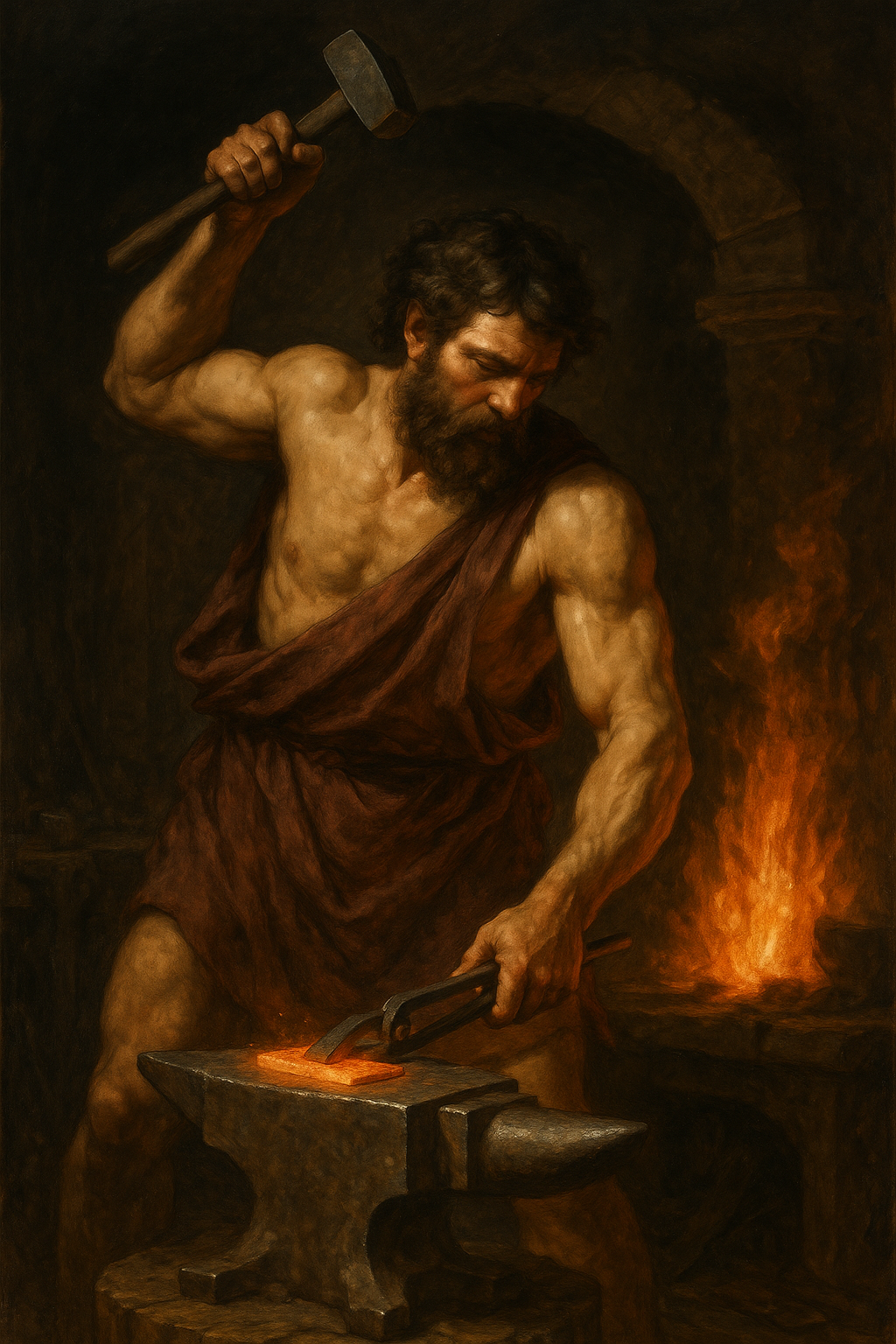
The Age of Hephaestus Has Begun
Posted May 08, 2025
By Sean Ring

Fed’s “Stealth” QE Pushed Gold Above $3,400
Posted May 07, 2025
By Sean Ring
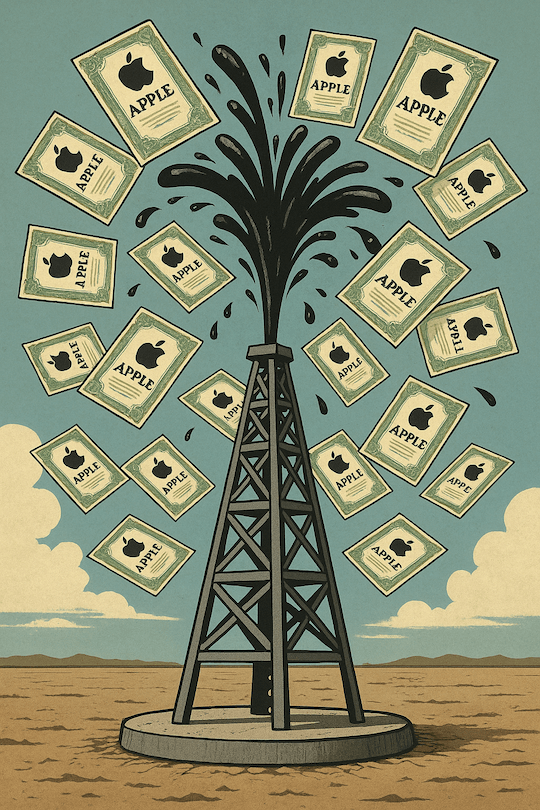
Turning Oil Into Apple
Posted May 06, 2025
By Sean Ring

Goodbye to the GOAT
Posted May 05, 2025
By Sean Ring
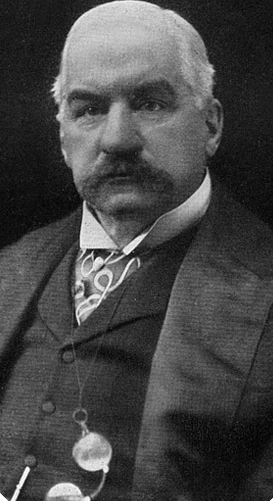
J.P. Morgan’s Last Rescue Mission
Posted May 02, 2025
By Sean Ring
